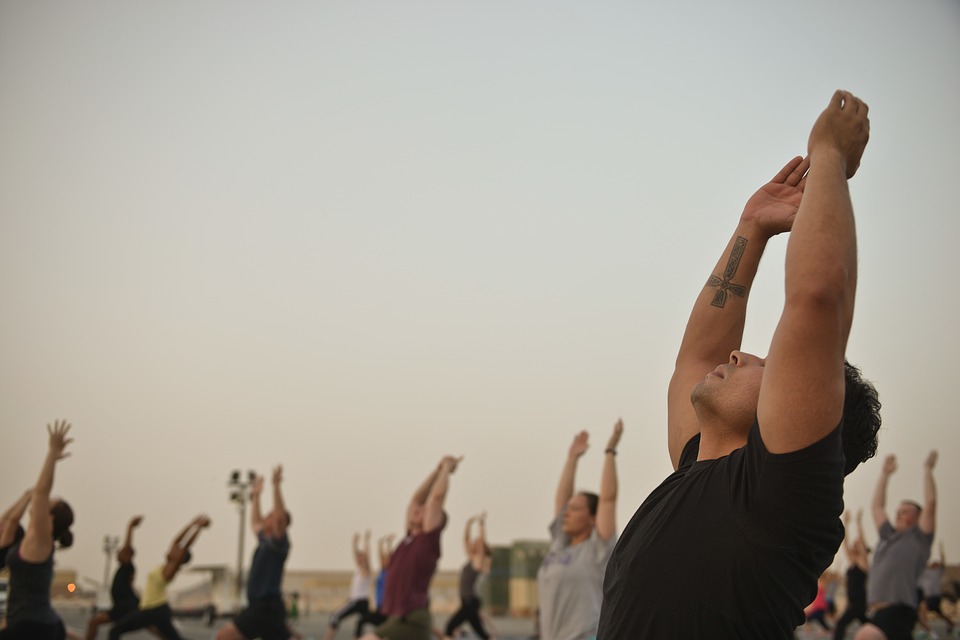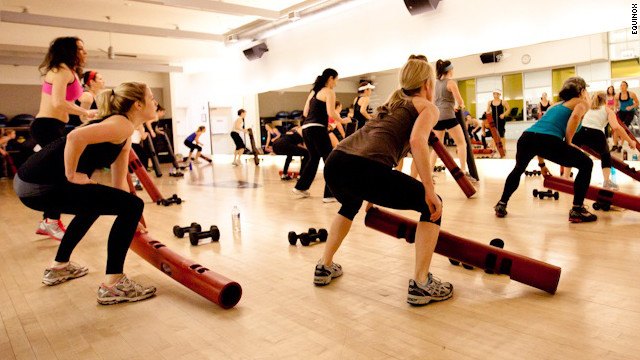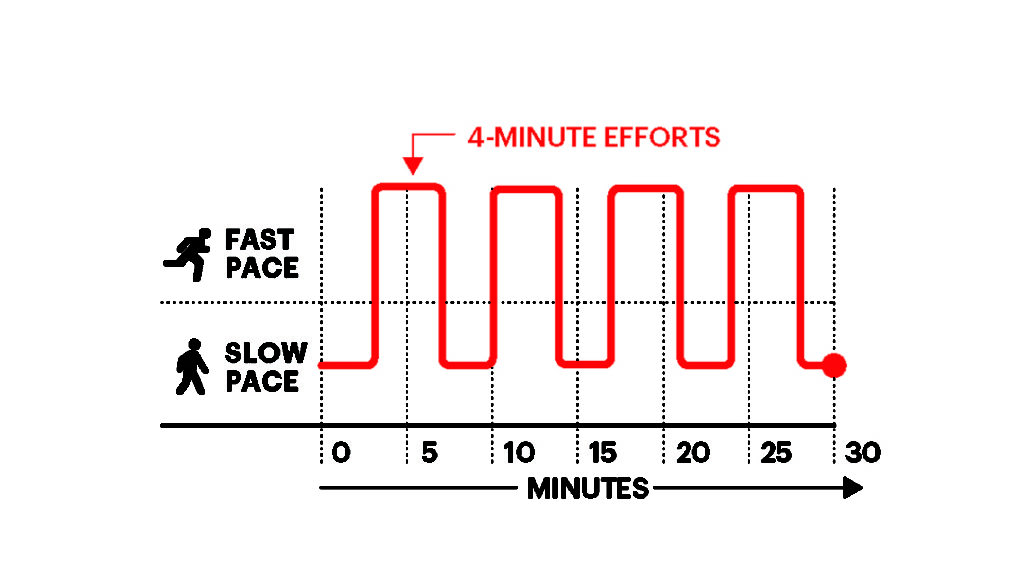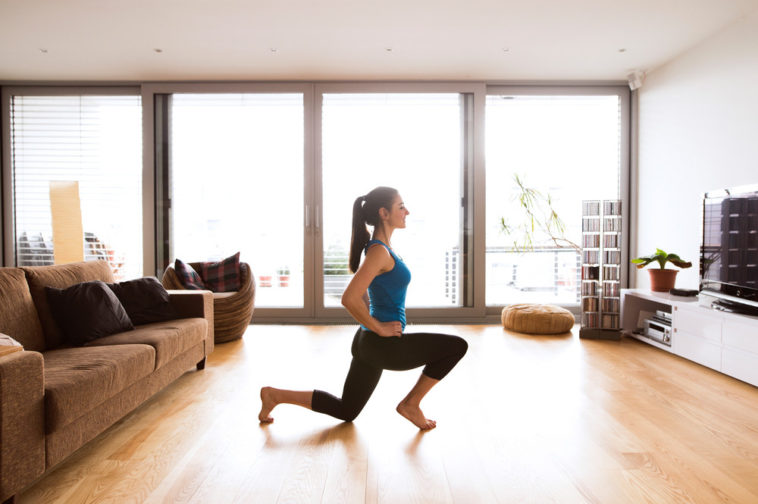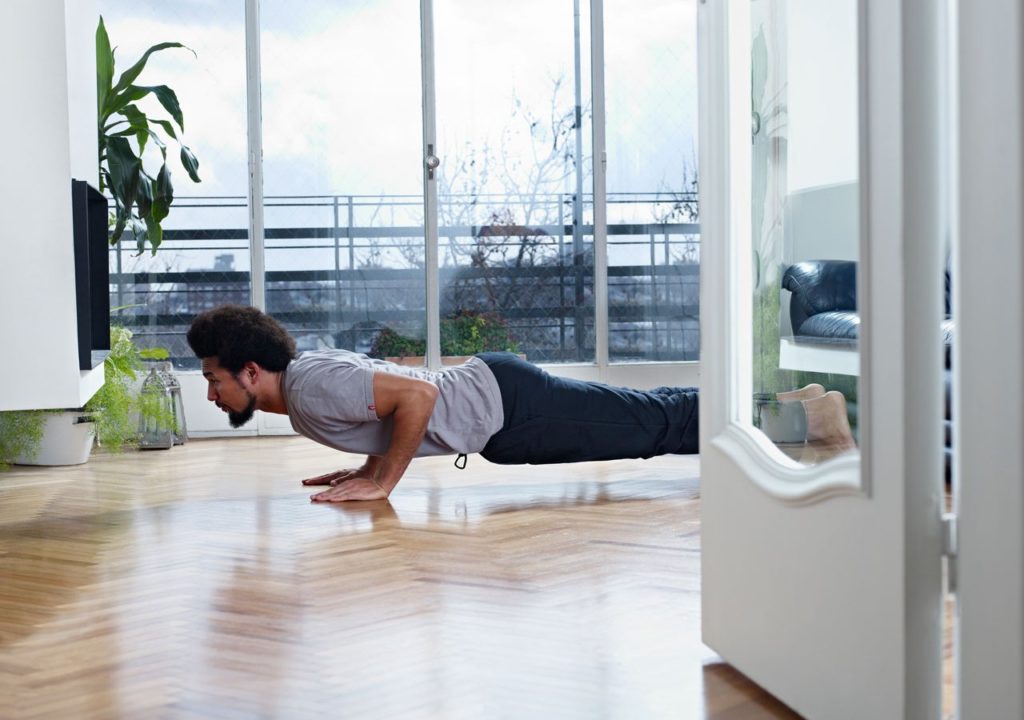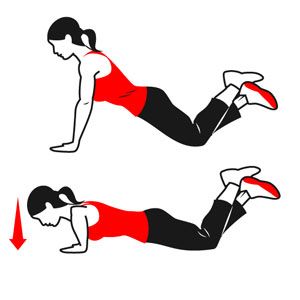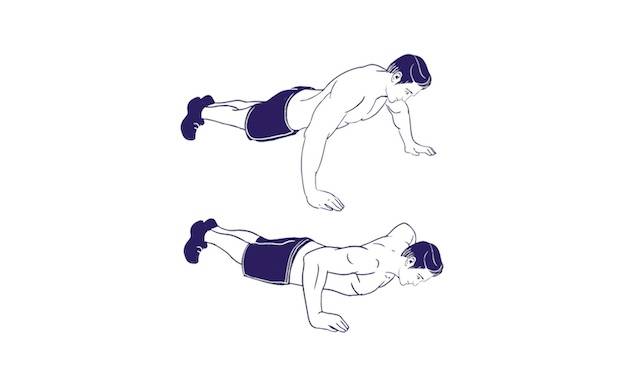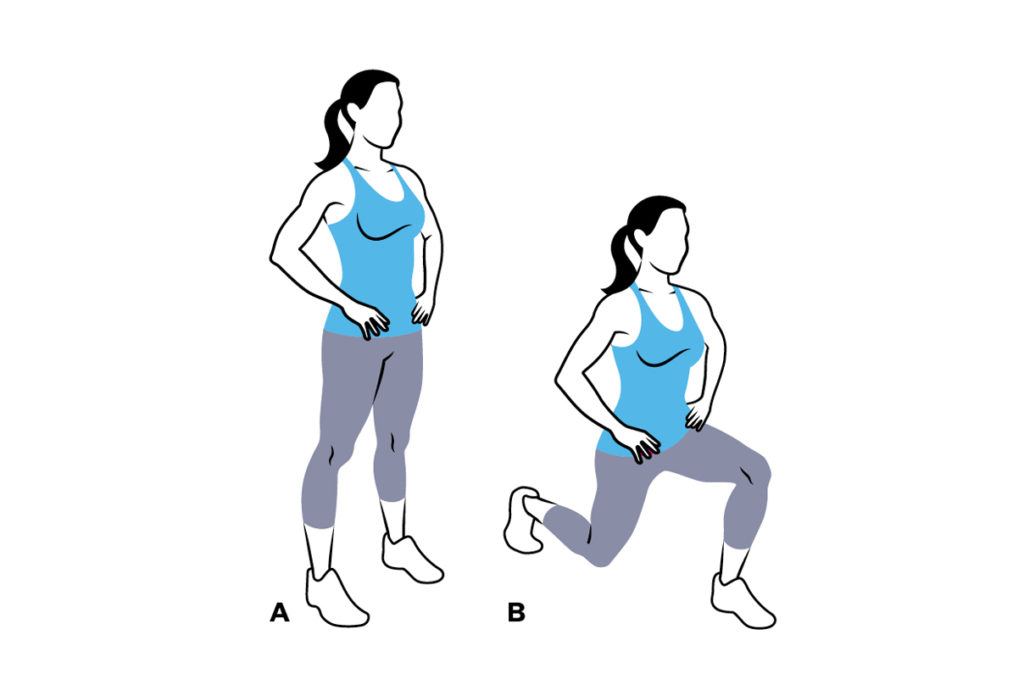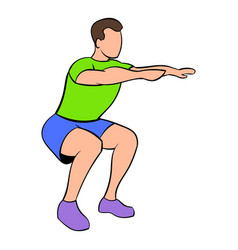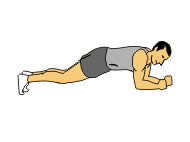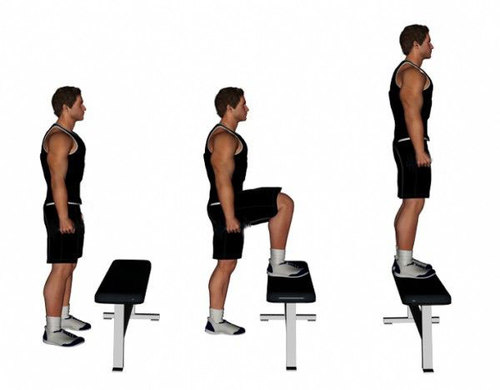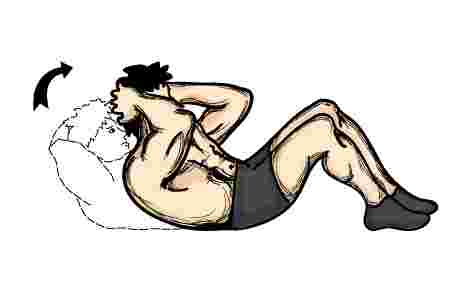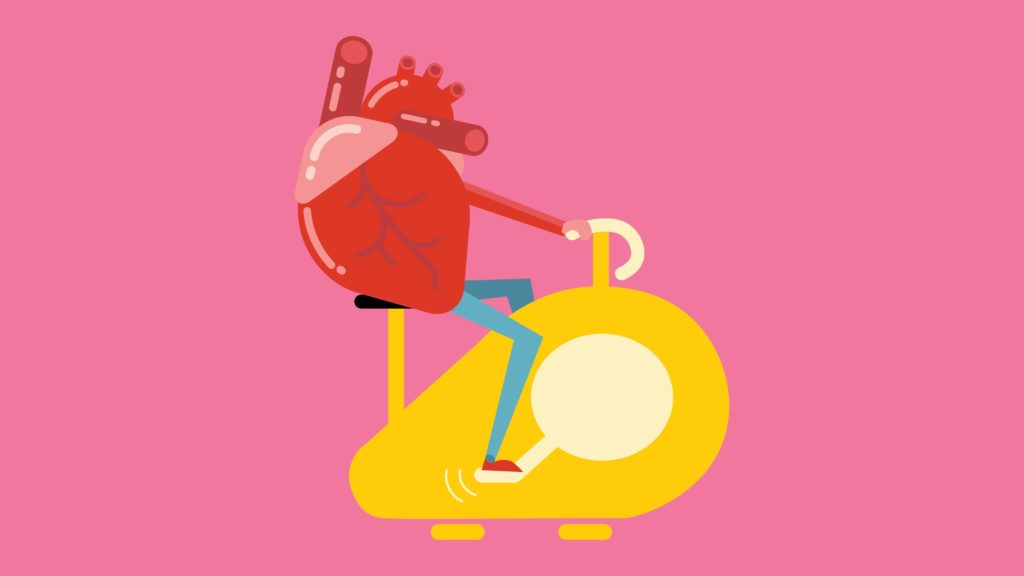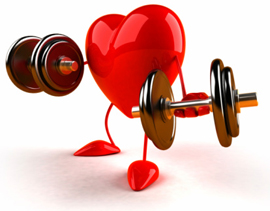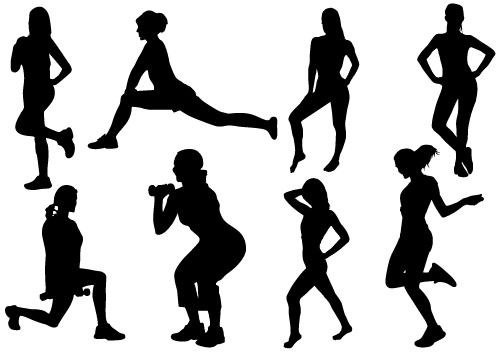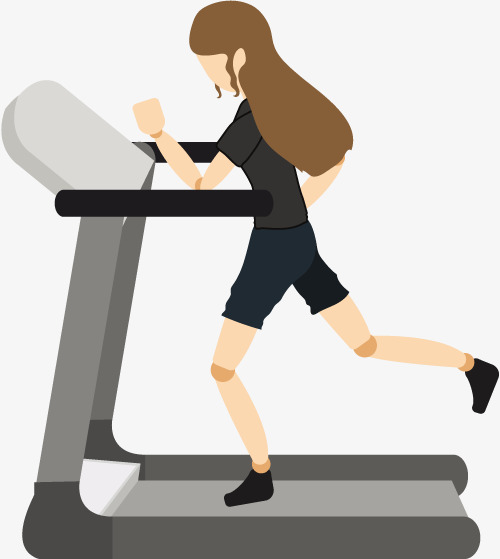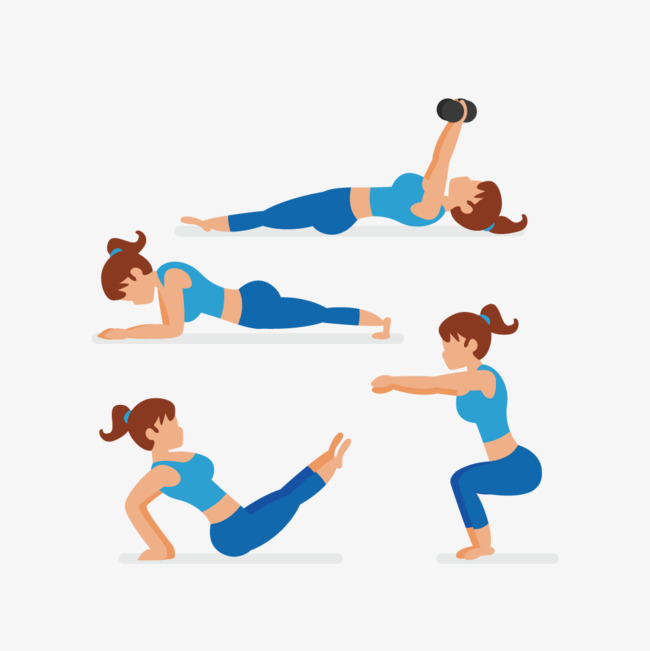While you may be aware of the symptoms of COVID-19 by now, it is equally important to know that around 20% of those who recover from the acute phase of the infection may continue to have health issues in the weeks and months that follow, this is known as post-COVID syndrome. With a high rate of recovery in India, several individuals are struggling to cope with the aftermath of the infection. There is strong scientific evidence to show that a medically supervised rehabilitation program helps in the complete recovery from this post-COVID syndrome.

Individuals affected with COVID-19 may be left with physical and mental impairments such as:
- Impaired lung functions
- Severe muscle weakness
- Joint stiffness
- Fatigue
- Limited mobility and ability to do daily tasks
- Delirium and other cognitive impairments
- Difficulty in swallowing and communicating
- Mental health disorders and psychosocial support needs
It has been found that not only does the presence of diabetes pose a threat when it comes to recovery from COVID-19, but non-diabetic persons may also develop diabetes as a complication of the COVID-19 infection. Both the direct effect of the virus on sugar metabolism as well as the indirect effect of steroid medications on blood sugar levels have been implicated in this. The impact of the coronavirus on the heart has also been recognised. Acute inflammation of the cardiac cells known as myocarditis, blocks in the coronary arteries leading to heart attack and abnormal heart beat known as arrhythmias are some established cardiac complications of the COVID-19 illness.

Post COVID rehabilitation is the need of the hour to improve the overall wellbeing of individuals by improving their lung function, functional capacity and exercise tolerance, by enabling early return to work and daily routine and by enhancing psychosocial wellbeing.
The main focus areas in post COVID rehab as outlined by the World Health Organization, European Respiratory Society and American Respiratory Society are:
- Improve lung functions
- Decrease fatigue at rest
- Improve mobility and joint functions
- Prevent further muscle weakness
- Provide customised exercise training
- Provide appropriate dietary advice
- Provide adequate psychological counselling

Individuals recovering from COVID-19 are advised to focus on some self management techniques as follows:
- Improving lung functions and breathlessness
Breathing exercises such as diaphragmatic breathing exercise and thoracic expansion exercise will help to improve lung expansion and avoid further deterioration. Forced expiratory technique such as coughing and huffing will improve the bronchial hygiene and also assist in expectorating the mucus. Breathing exercises are proven to decrease the severity of breathlessness and paves the way for being more active.

- Improving fatigue and exercise intolerance
Fatigue and exercise intolerance are the most common symptoms of post-COVID syndrome and can be managed by appropriate exercise training. Exercise capacity testing is a must to identify the level of functioning and to administer appropriate exercise training. A combination of aerobic exercises, resistance exercises that improves muscle strength and endurance and breathing and flexibility exercises is a must for rapid recovery. Activity pacing and energy conservation techniques should be advised such that it avoids the onset of fatigue and also aids exercise performance.

- Improving psychological health and mental wellbeing
Survivors of COVID-19 face several psychosocial challenges such as stigma in the living community, at work, at social gatherings and public places. This in turn can result in insomnia, isolation, anxiety, depression and other psychological disorders. It is important that the rehab program provides counselling, reassurance, coping skills, and emotional support to overcome this stressful period.

- Improving dietary intake
A healthy balanced diet is key to full recovery from any illness. Consumption of fruits & vegetables, protein rich foods and whole grain products with appropriate vitamins and minerals and staying away from unhealthy foods like fast food, packaged food, fatty food and artificially sweetened dishes will aid in the speedy recovery from the coronavirus.

We at Cardiac Wellness Institute are providing Post COVID Rehabilitation through a completely online service. You may contact us at +919902155772 for further information.










